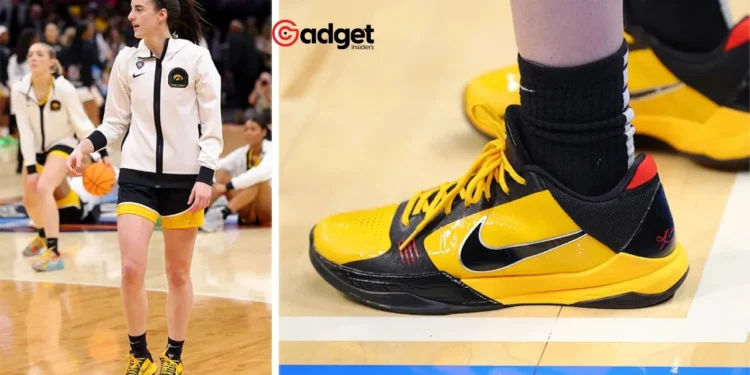As Nike embarks on a pivotal $28 million endorsement deal with Caitlin Clark of the Indiana Fever, the sports apparel giant faces a significant decision that could reshape the landscape of women’s sports footwear. Caitlin Clark, already a beacon in women’s basketball, now joins the exclusive circle of WNBA players with a signature shoe. This move not only underscores her prominence in the sport but also places Nike at a crossroads: should they tailor the Caitlin Clark shoe specifically for women, or opt for a unisex design?
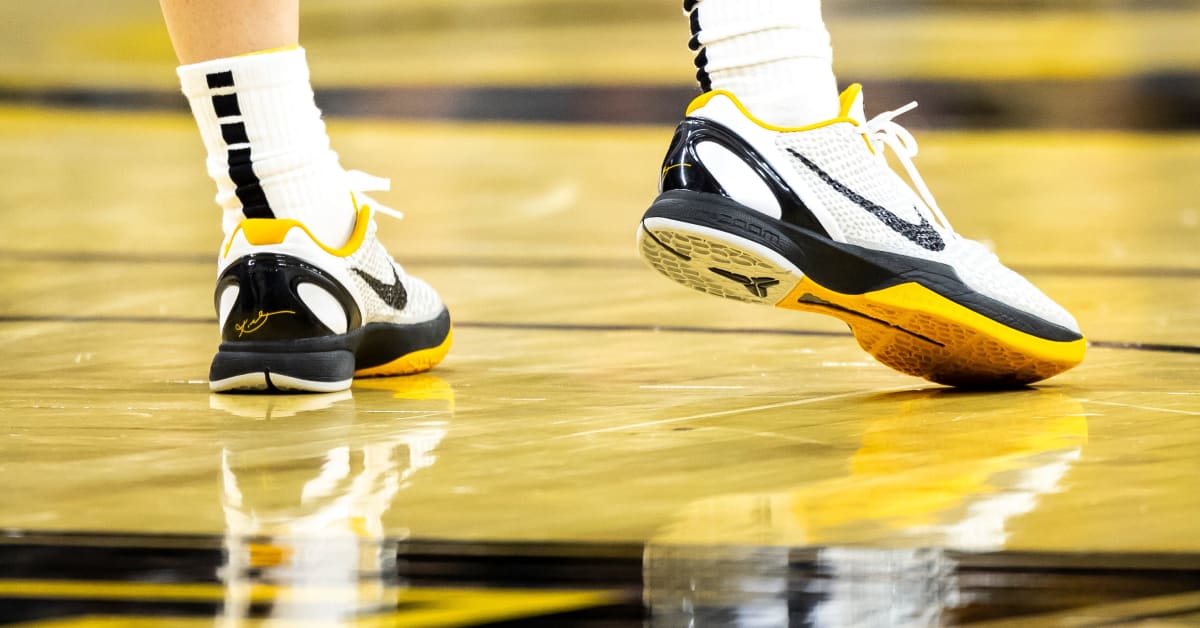
A Step Toward Authenticity in Women’s Sports Gear
The design of women’s sports shoes has long been a topic of debate within the industry. Matt Powell, a retail expert from Spurwink River, emphasizes the necessity of designing footwear that addresses the anatomical differences in women’s feet.
“Many women’s performance basketball shoes are simply a sized-down men’s product,” Powell explains, stressing the inadequacy of this approach given the distinct shape and structure of women’s feet compared to men’s. This perspective is pivotal as it highlights a gap in the market that Nike could strategically fill by focusing on women-specific designs.
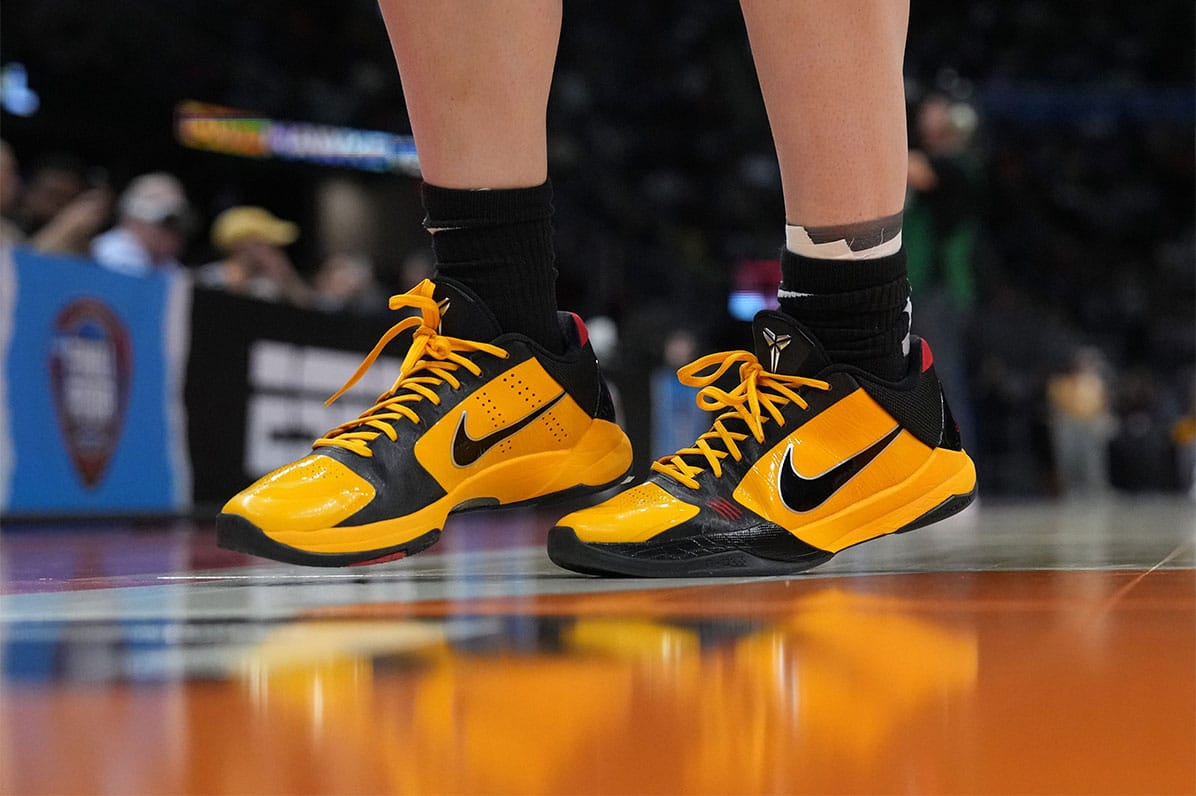
Nike’s Vision for Caitlin Clark’s Shoe Deal
Powell articulates a broader vision for Nike’s strategy with Caitlin Clark’s shoe, suggesting that it’s not merely about recouping the investment through sales but about “being associated with her, and sharing in her success.” This perspective shifts the focus from direct revenue generation to brand enhancement and leadership in women’s sports. Powell’s assertion that “Nike is never going to make any of this ($28 million) up in shoe sales” underscores the marketing and symbolic value of this endorsement.
Nike’s Past and Present in Gender-Neutral Designs
Nike’s approach to shoe design has traditionally involved offering the same models for men and women, with size adjustments but no structural changes. This is evident in their handling of shoes from stars like Kevin Durant and LeBron James, which are available in women’s sizes without any specific design modifications for women. However, the recent unisex model for Sabrina Ionescu’s shoe, which has been worn by NBA players, reflects a flexible approach that accommodates a broader audience but may not fully meet the specific needs of female athletes.
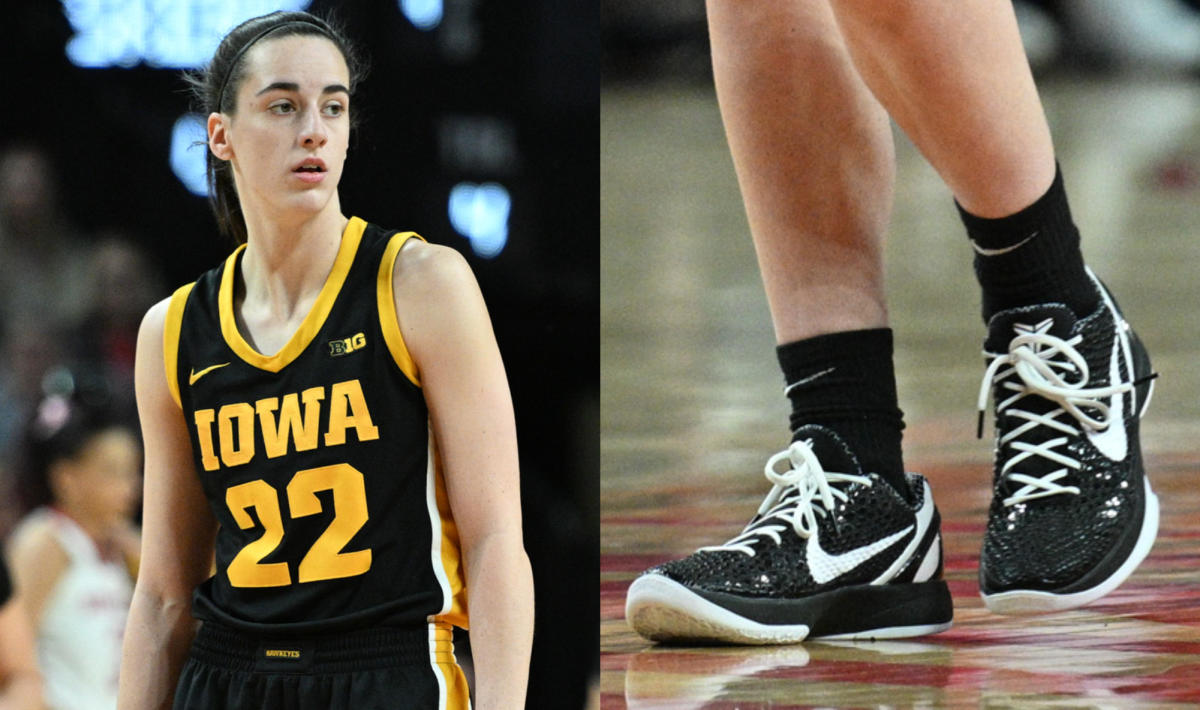
The Competition Heats Up: Puma’s Women-Focused Initiatives
Nike’s decision comes at a time when competitors like Puma are making significant inroads into the women’s sports market. Puma, having re-entered the performance basketball market, has made a notable impact by signing WNBA All-Star Breanna Stewart and offering the “Stewie 3” as a women-only basketball shoe, distinctly not labeled unisex. This move by Puma could set a precedent that challenges Nike to match or exceed in terms of genuine engagement with women’s sports needs.
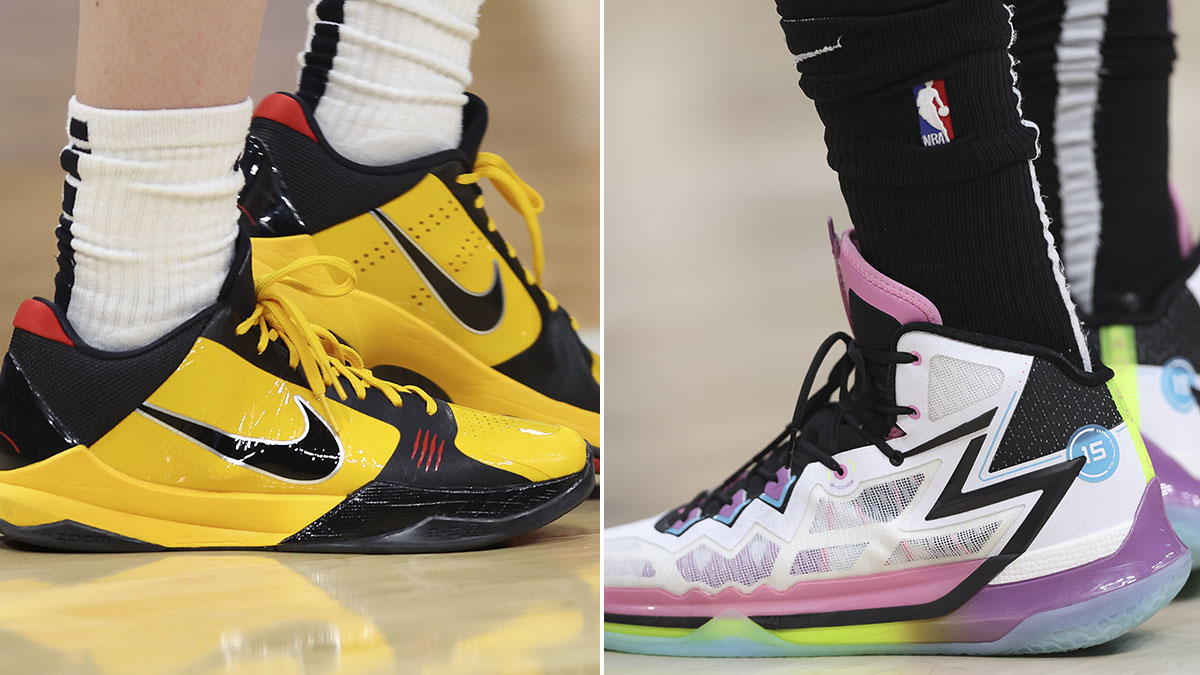
A Pivotal Moment for Women’s Basketball
As Nike deliberates on the design direction for Caitlin Clark’s signature shoe, the implications extend far beyond the immediate sales or market share. This decision represents an opportunity for Nike to affirm its commitment to women’s athletics not merely as a subsidiary of men’s, but as a distinct and valued market.
With the sports world’s eyes on Paris for the upcoming Olympics, Nike’s choices could help define the future of women’s sports apparel, making a statement that resonates both on and off the court.

